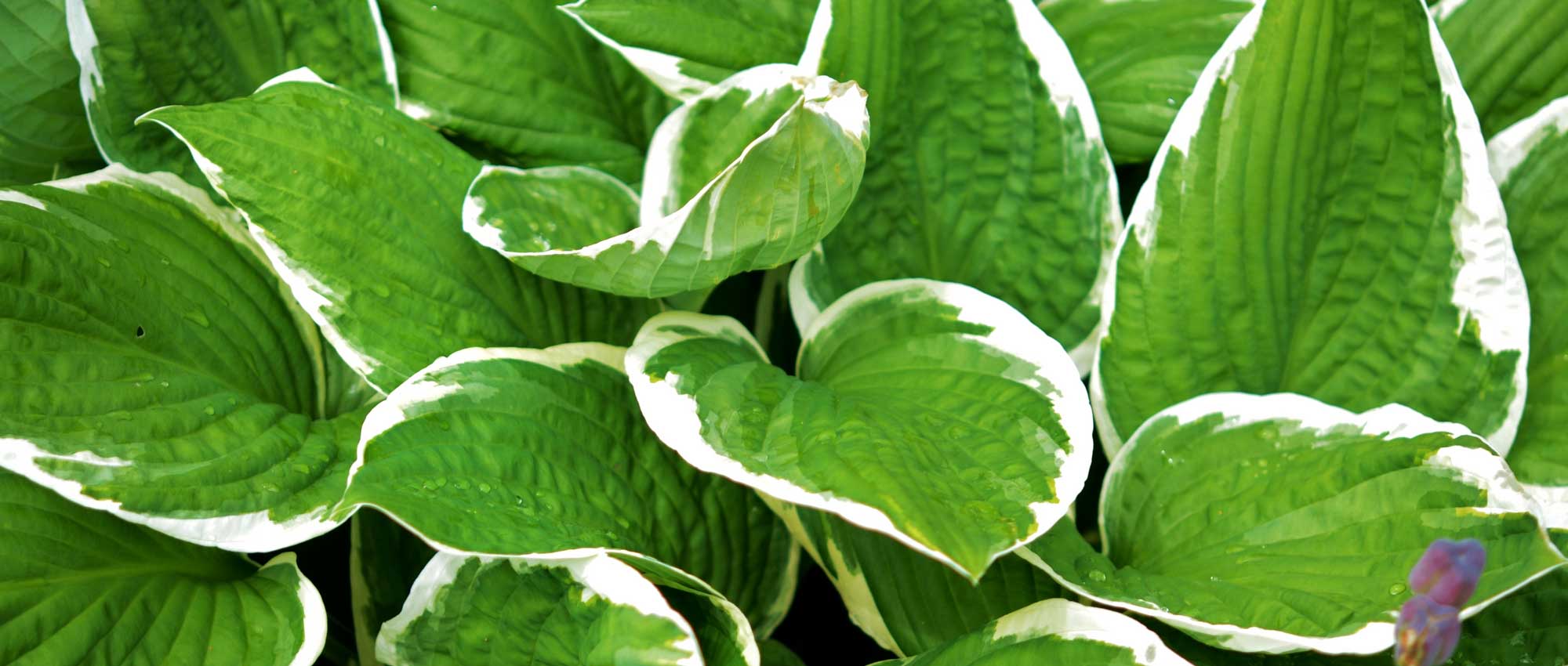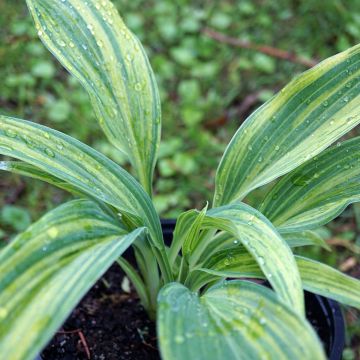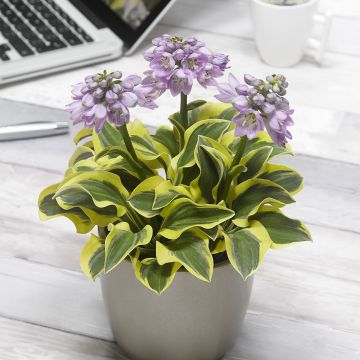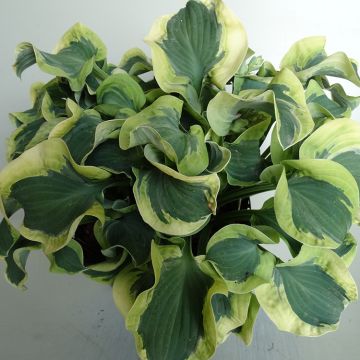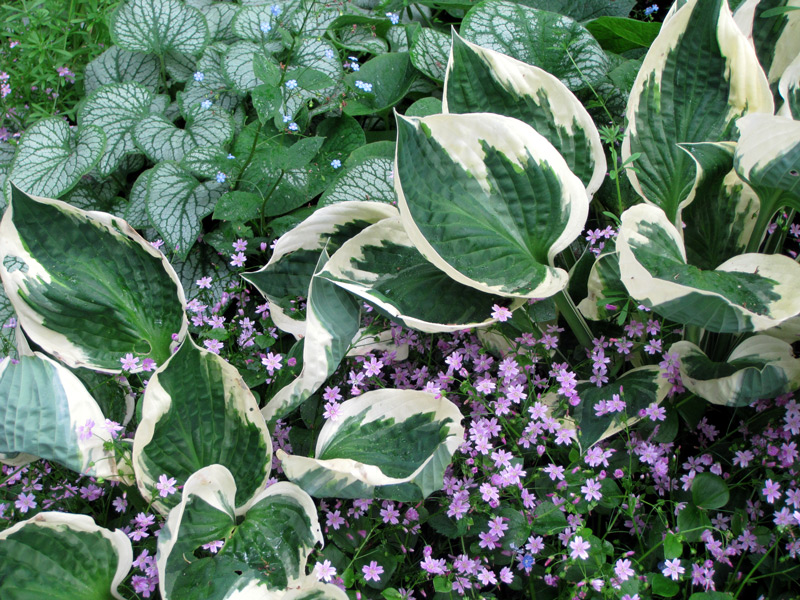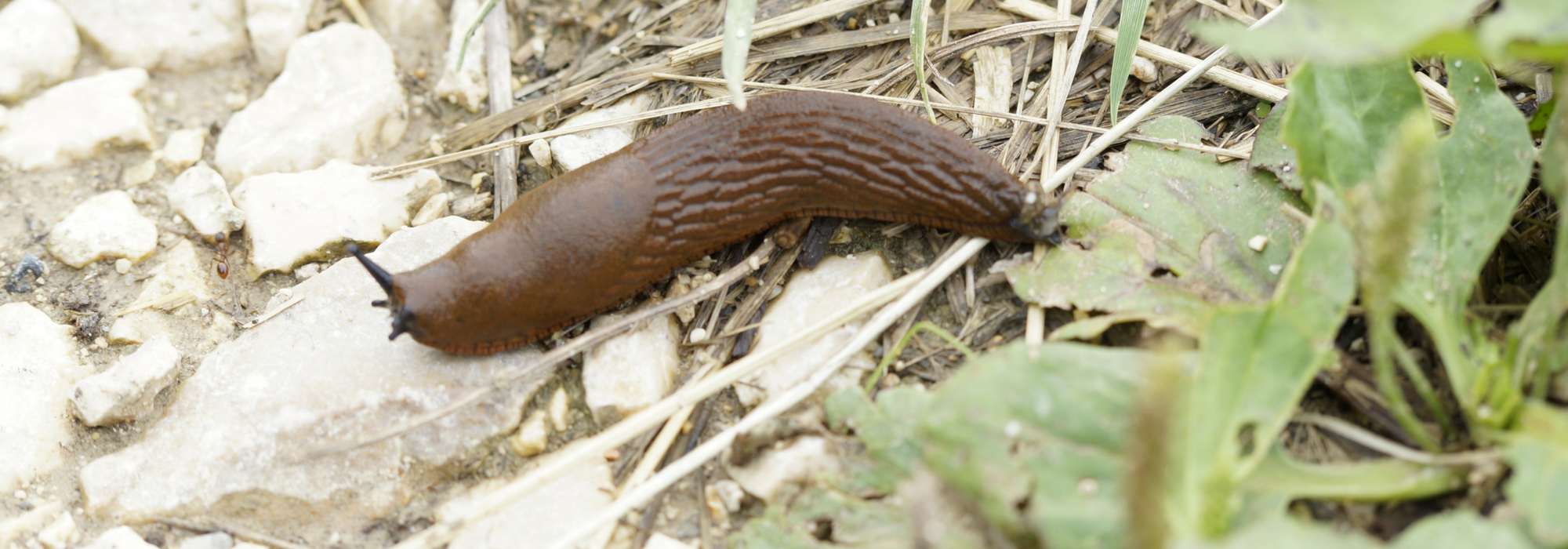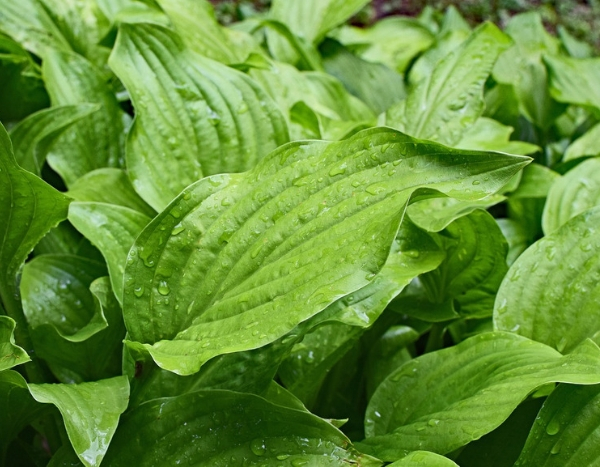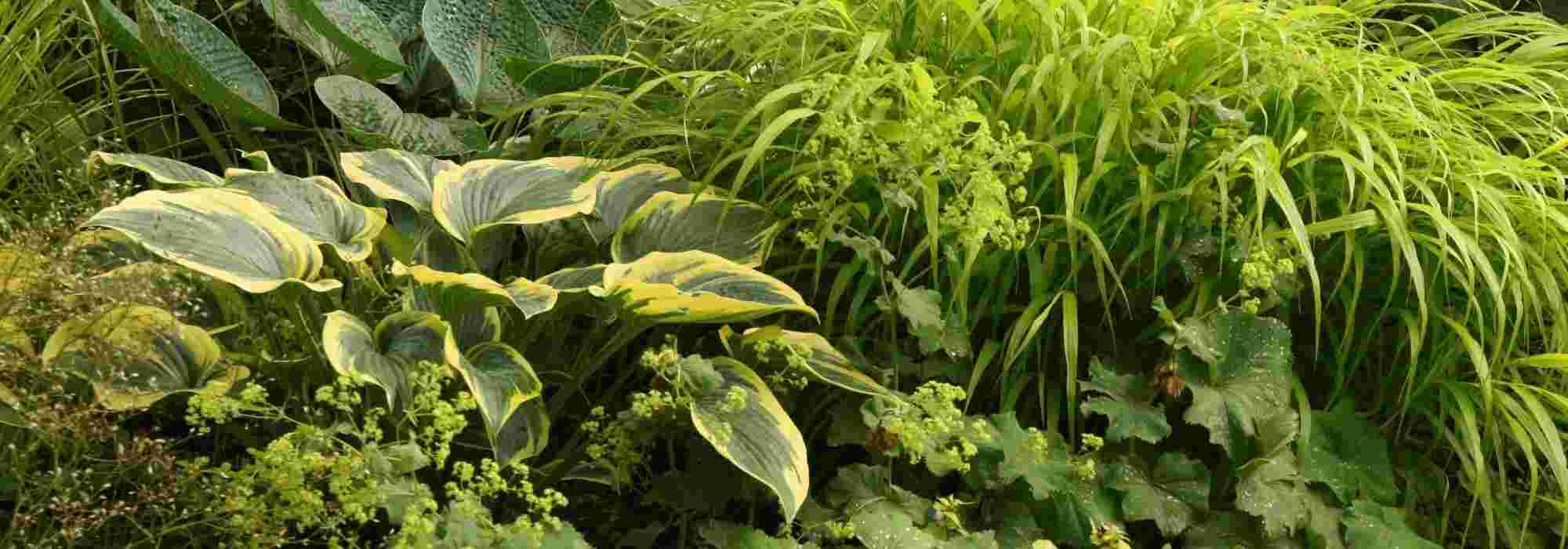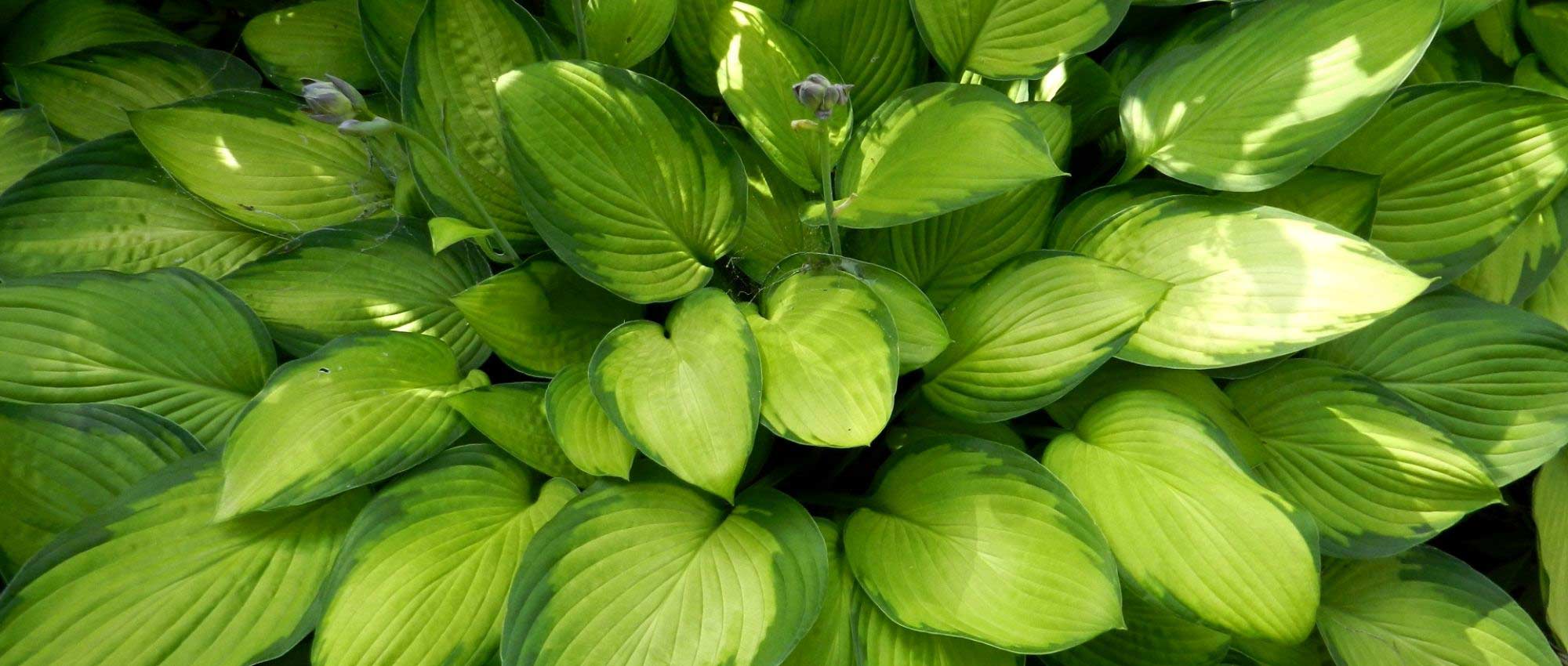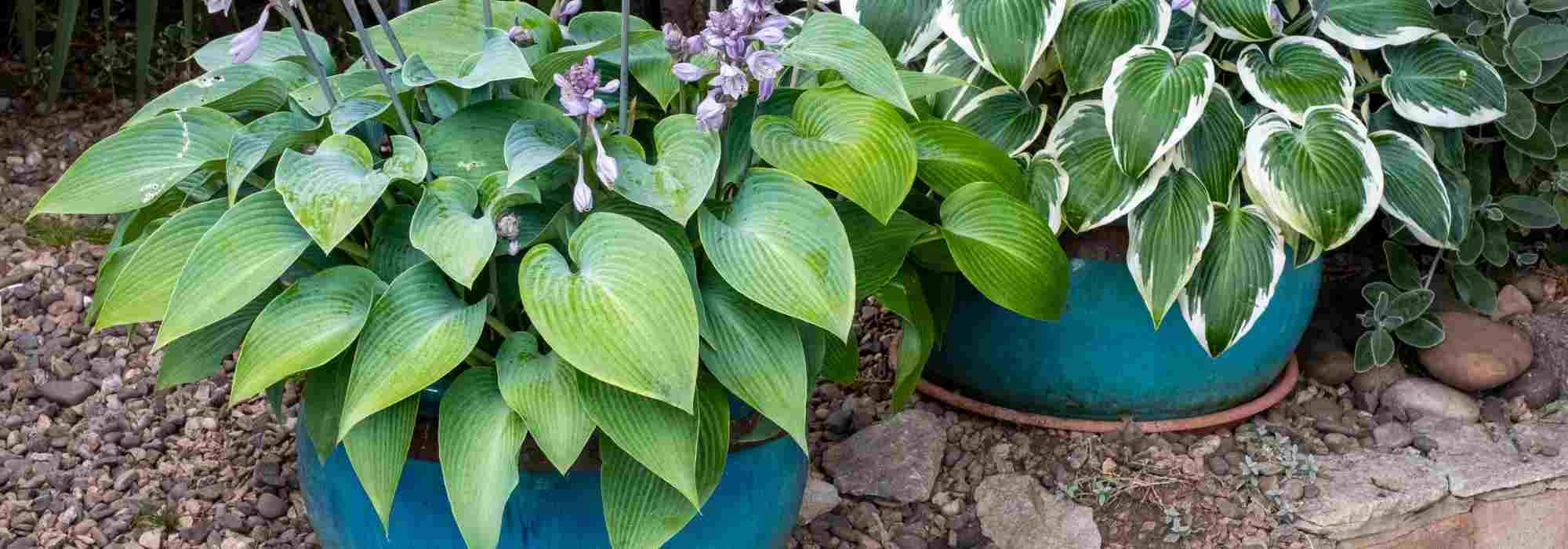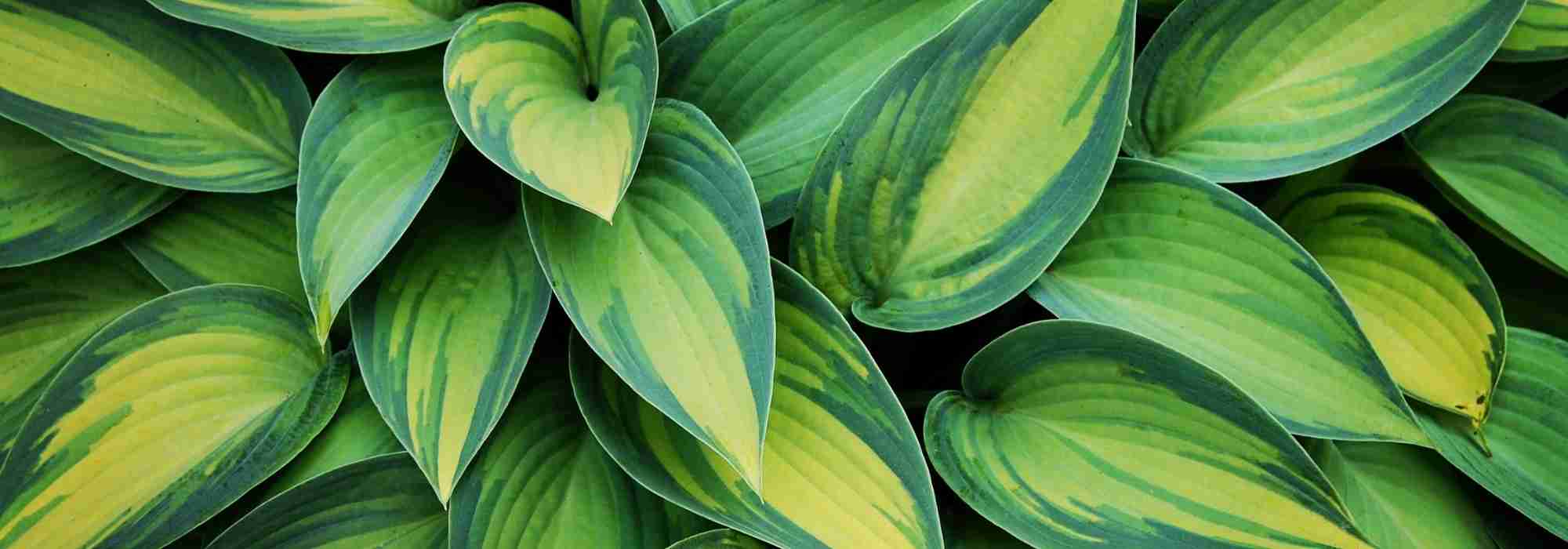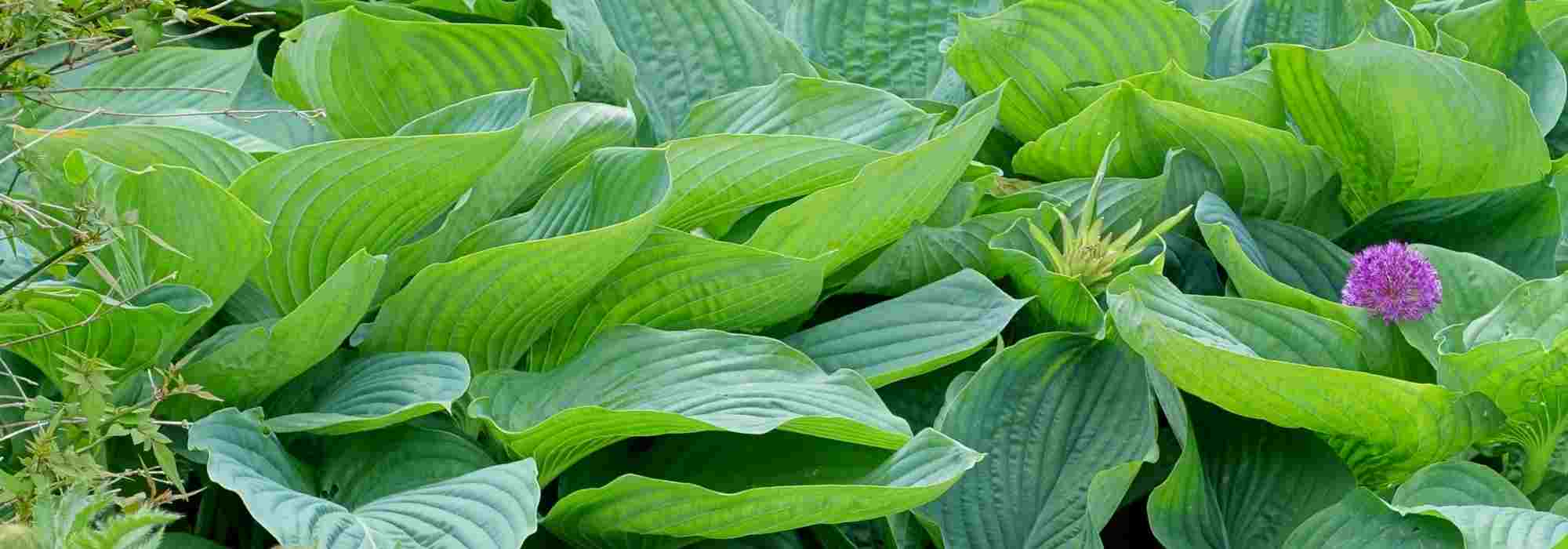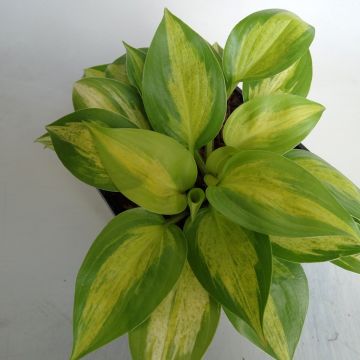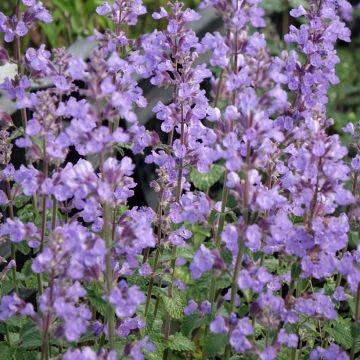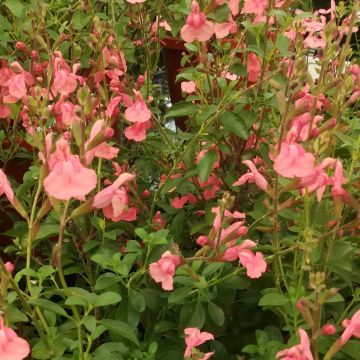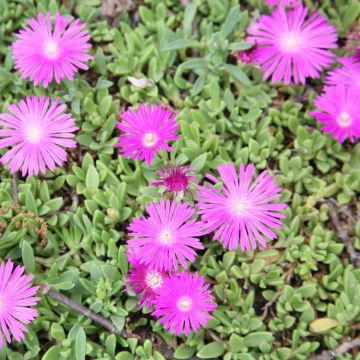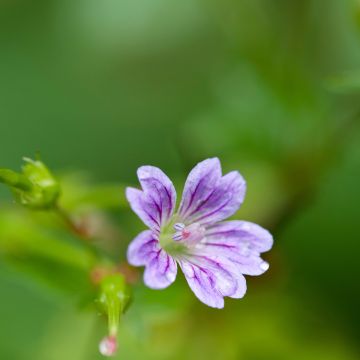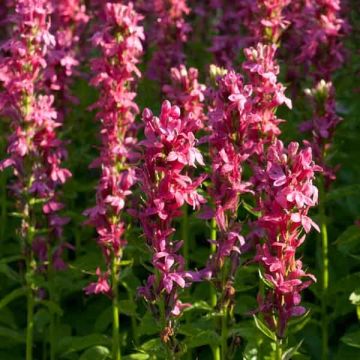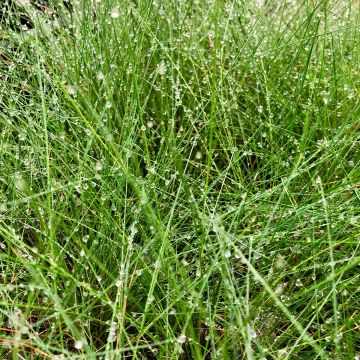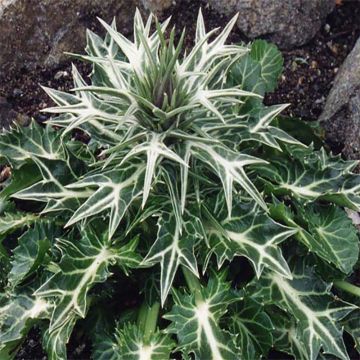

Hosta Harry Van Trier


Hosta Harry Van Trier
Hosta Harry Van Trier
Hosta Harry Van Trier
Plantain Lily, Funkia
I am disappointed with this delivery as it is one of my favourite young plants. The young plant is in a sorry state with two of its leaves completely yellowed. I planted it without much belief!
ginette, 03/11/2019
Special offer!
Receive a €20 voucher for any order over €90 (excluding delivery costs, credit notes, and plastic-free options)!
1- Add your favorite plants to your cart.
2- Once you have reached €90, confirm your order (you can even choose the delivery date!).
3- As soon as your order is shipped, you will receive an email containing your voucher code, valid for 3 months (90 days).
Your voucher is unique and can only be used once, for any order with a minimum value of €20, excluding delivery costs.
Can be combined with other current offers, non-divisible and non-refundable.
Home or relay delivery (depending on size and destination)
Schedule delivery date,
and select date in basket
This plant carries a 12 months recovery warranty
More information
We guarantee the quality of our plants for a full growing cycle, and will replace at our expense any plant that fails to recover under normal climatic and planting conditions.
Would this plant suit my garden?
Set up your Plantfit profile →
Description
Hosta 'Harry Van Trier' is a variety of small size that stands out for its particularly compact habit and exceptionally abundant summer flowering. It produces beautiful dark green, glossy, lance-shaped leaves with undulate margins. They are slightly recurved, further enhancing the very dense appearance of the clump, which somewhat resemble arums. This is a fast-growing variety that provides abundant lilac flowering in mid-summer. Easy to cultivate and succeed in damp soil, the plant will form beautiful, very floral green patches, particularly elegant in shaded areas of the garden.
This Hosta is a completely hardy perennial belonging to the lily or Hosta family. 'Harry Van Trier' is a small-sized variety, probably derived from Hosta nakaiana, a Japanese and Korean species that has given rise to numerous cultivars through cross-breeding with other species.
The plant will reach a height of 30 to 35 cm (12 to 14in) and 55 cm (22in) when in flower, spreading about 40 cm (16in), with an upright and spreading habit. It forms a dense clump slightly wider than tall. It is a plant with good longevity that establishes quickly in the garden. Its foliage is deciduous and lance-shaped; each very slender leaf is partially recurved, with undulate margins. The lamina is a solid, glossy dark green colour. The particularly abundant flowering occurs in July-August, sometimes as early as June depending on the climate, in the form of pendulous lavender-pink bells arranged towards the top of peduncles that can reach a height of 55 cm (22in).
The 'Harry Van Trier' hybrid Hosta combines well with helxine, ferns, epimediums, and Claytonia sibirica, with which it forms beautiful colourful duos that require little maintenance. It will also be valuable when used as a small groundcover, in the company of columbines and painted Japanese ferns, or even small violets. All hostas grow well in pots and can remain in the same container for several years. As long as the foliage is not too dense, watering from the top of the pot can be done. Then place a saucer under the pot to keeping the moisture level constant in summer.
Most species widespread in our gardens have been introduced from Japan. Hostas are edible and are called 'urui' in Japan, where they are commonly consumed.
Hosta Harry Van Trier in pictures
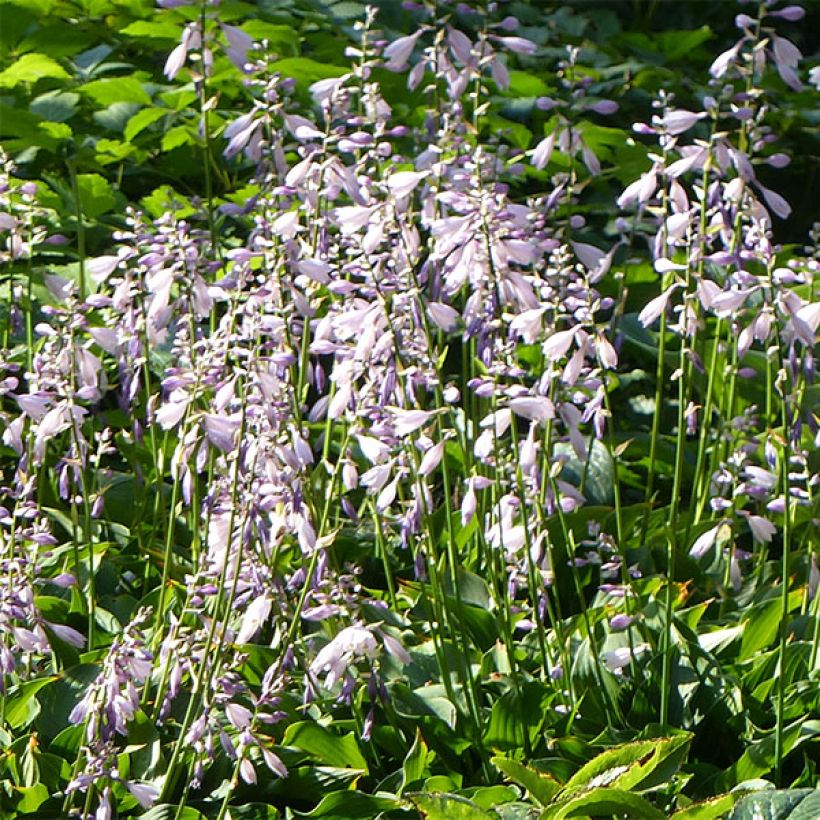



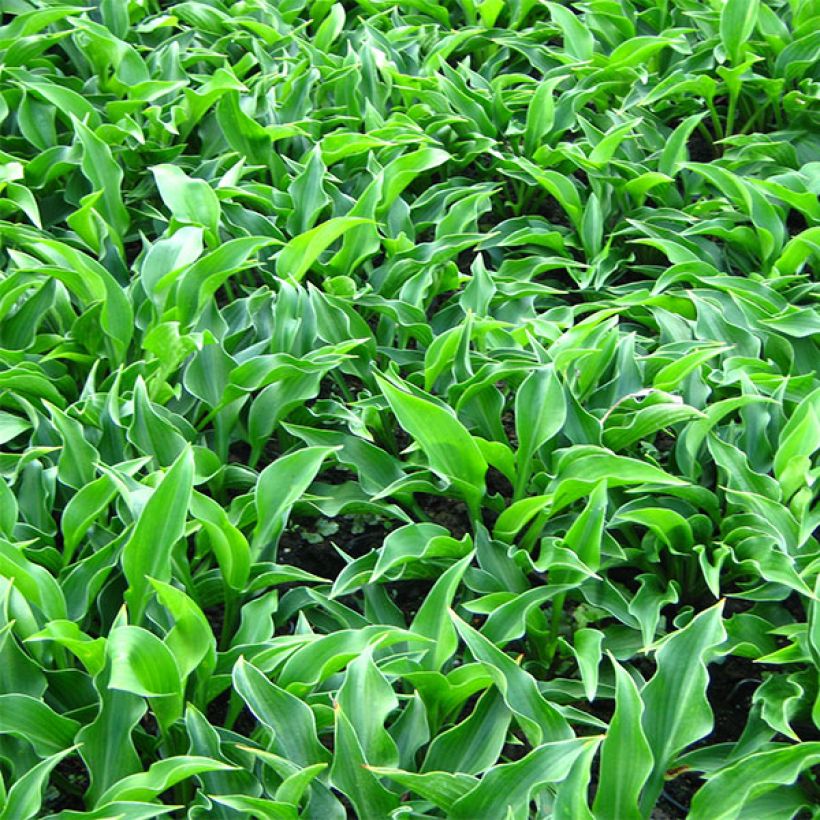

Flowering
Foliage
Plant habit
Botanical data
Hosta
Harry Van Trier
Liliaceae - Hostaceae
Plantain Lily, Funkia
Cultivar or hybrid
Other Dwarf Hostas
View all →Planting and care
Hostas can be planted in spring or autumn. Hostas prefer a deep, humus-rich, loose soil, which is preferably neutral to acidic and moist to wet throughout the year. Plant them in shade or partial shade and in a sheltered position away from strong winds.
Prepare a planting hole of 20 cm (8in) x 20 cm (8in) x 20 cm (8in). If your soil is heavy, mix half compost with crumbled soil, partially backfill, and place your plant in a clump so that the top of the clump is covered with 3 cm (1in) of soil. The addition of a fertiliser (bonemeal) will nourish your plant during its rooting period without the risk of burning. Ensure that the collar is well above ground level. Firm the soil and water generously to eliminate air pockets. If the weather is dry, you will need to water regularly for a few weeks to help the establishment of your plant. Also, water regularly in case of a dry summer.
With their preference for humid areas, slugs and snails never stray too far from hostas. Even though blue or variegated hostas often have thicker and tougher foliage, which is less appetising to slugs, these plants must be protected from gastropods. Protect your hostas by surrounding them with granules approved in organic agriculture, eggshells, coffee grounds, mulch, or any dry and rough natural substance that repels them. Hedgehogs are the gardener's best allies in the fight against gastropods because, unlike chickens, they do not dig up the soil and do not attack the lush green shoots of young plants. Finally, some plants have a repellent odour for slugs, such as wormwood and garlic.
Planting period
Intended location
Care
Planting & care advice
-
, onOrder confirmed
Reply from on Promesse de fleurs
Similar products
Haven't found what you were looking for?
Hardiness is the lowest winter temperature a plant can endure without suffering serious damage or even dying. However, hardiness is affected by location (a sheltered area, such as a patio), protection (winter cover) and soil type (hardiness is improved by well-drained soil).

Photo Sharing Terms & Conditions
In order to encourage gardeners to interact and share their experiences, Promesse de fleurs offers various media enabling content to be uploaded onto its Site - in particular via the ‘Photo sharing’ module.
The User agrees to refrain from:
- Posting any content that is illegal, prejudicial, insulting, racist, inciteful to hatred, revisionist, contrary to public decency, that infringes on privacy or on the privacy rights of third parties, in particular the publicity rights of persons and goods, intellectual property rights, or the right to privacy.
- Submitting content on behalf of a third party;
- Impersonate the identity of a third party and/or publish any personal information about a third party;
In general, the User undertakes to refrain from any unethical behaviour.
All Content (in particular text, comments, files, images, photos, videos, creative works, etc.), which may be subject to property or intellectual property rights, image or other private rights, shall remain the property of the User, subject to the limited rights granted by the terms of the licence granted by Promesse de fleurs as stated below. Users are at liberty to publish or not to publish such Content on the Site, notably via the ‘Photo Sharing’ facility, and accept that this Content shall be made public and freely accessible, notably on the Internet.
Users further acknowledge, undertake to have ,and guarantee that they hold all necessary rights and permissions to publish such material on the Site, in particular with regard to the legislation in force pertaining to any privacy, property, intellectual property, image, or contractual rights, or rights of any other nature. By publishing such Content on the Site, Users acknowledge accepting full liability as publishers of the Content within the meaning of the law, and grant Promesse de fleurs, free of charge, an inclusive, worldwide licence for the said Content for the entire duration of its publication, including all reproduction, representation, up/downloading, displaying, performing, transmission, and storage rights.
Users also grant permission for their name to be linked to the Content and accept that this link may not always be made available.
By engaging in posting material, Users consent to their Content becoming automatically accessible on the Internet, in particular on other sites and/or blogs and/or web pages of the Promesse de fleurs site, including in particular social pages and the Promesse de fleurs catalogue.
Users may secure the removal of entrusted content free of charge by issuing a simple request via our contact form.
The flowering period indicated on our website applies to countries and regions located in USDA zone 8 (France, the United Kingdom, Ireland, the Netherlands, etc.)
It will vary according to where you live:
- In zones 9 to 10 (Italy, Spain, Greece, etc.), flowering will occur about 2 to 4 weeks earlier.
- In zones 6 to 7 (Germany, Poland, Slovenia, and lower mountainous regions), flowering will be delayed by 2 to 3 weeks.
- In zone 5 (Central Europe, Scandinavia), blooming will be delayed by 3 to 5 weeks.
In temperate climates, pruning of spring-flowering shrubs (forsythia, spireas, etc.) should be done just after flowering.
Pruning of summer-flowering shrubs (Indian Lilac, Perovskia, etc.) can be done in winter or spring.
In cold regions as well as with frost-sensitive plants, avoid pruning too early when severe frosts may still occur.
The planting period indicated on our website applies to countries and regions located in USDA zone 8 (France, United Kingdom, Ireland, Netherlands).
It will vary according to where you live:
- In Mediterranean zones (Marseille, Madrid, Milan, etc.), autumn and winter are the best planting periods.
- In continental zones (Strasbourg, Munich, Vienna, etc.), delay planting by 2 to 3 weeks in spring and bring it forward by 2 to 4 weeks in autumn.
- In mountainous regions (the Alps, Pyrenees, Carpathians, etc.), it is best to plant in late spring (May-June) or late summer (August-September).
The harvesting period indicated on our website applies to countries and regions in USDA zone 8 (France, England, Ireland, the Netherlands).
In colder areas (Scandinavia, Poland, Austria...) fruit and vegetable harvests are likely to be delayed by 3-4 weeks.
In warmer areas (Italy, Spain, Greece, etc.), harvesting will probably take place earlier, depending on weather conditions.
The sowing periods indicated on our website apply to countries and regions within USDA Zone 8 (France, UK, Ireland, Netherlands).
In colder areas (Scandinavia, Poland, Austria...), delay any outdoor sowing by 3-4 weeks, or sow under glass.
In warmer climes (Italy, Spain, Greece, etc.), bring outdoor sowing forward by a few weeks.






























